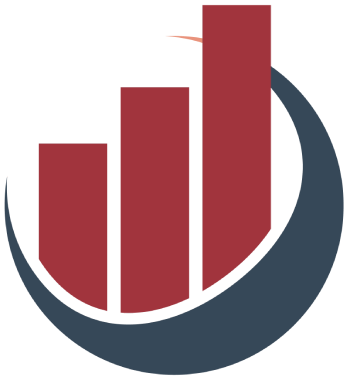Venturing into business ownership is one of the most exhilarating journeys you can embark upon. It symbolizes a leap into self-sufficiency, innovation, and growth potential. However, the road to becoming a business owner is not paved solely with excitement; it also comes with significant financial responsibilities that must be navigated meticulously. One of the foremost challenges prospective business owners face is understanding their borrowing capabilities. It’s not just about wanting to buy a business; it’s about how to finance that dream effectively.
Navigating the borrowing landscape is crucial for anyone looking to take control of their entrepreneurial destiny. It requires a thorough comprehension of various financial instruments available in the market, the conditions set by lenders, and the overall implications on cash flow and business operations. Let’s delve deeper into how one can approach this challenging yet essential aspect of purchasing a business.
Understanding Your Financial Health
Before diving into funding avenues, it’s imperative to assess your financial health. Lenders will inevitably scrutinize your credit score, annual revenues, and overall business plan. A strong credit history is often the ticket to unlocking favorable terms in financing. If you find your credit score below the coveted range, it’s time to devise a strategy to improve it. Consider taking actionable steps to pay down debts, manage your expenses effectively, and maintain a consistent line of credit before applying for a loan.
Your yearly revenue is equally paramount. This metric will heavily influence your borrowing capacity. Different lenders have varying requirements ranging from as low as $30,000 to over $250,000 in annual revenue. Understanding where your business falls in this spectrum will help you approach the right lenders compliant with your financial narrative.
Exploring Diverse Financing Options
The good news is that the market is replete with financing options tailored to suit varied needs and circumstances. From government-backed loans to private lending, each avenue has its unique attributes worth exploring.
Small Business Administration (SBA) loans stand out as a favored choice amongst first-time buyers. Thanks to government backing, these loans typically offer lower interest rates and extended repayment periods, providing a stable foundation for new entrepreneurs. However, securing an SBA loan is no small feat; applicants must possess a robust business plan, solid credit, and often collateral.
If you’re in a hurry, online lenders may seem like a breath of fresh air. They are renowned for their swift approval processes and flexibility, but this urgency often comes at a cost—higher interest rates. These lenders are particularly enticing for those who may not qualify under conventional criteria, thus opening doors for many aspiring business owners.
For those who are financially stable yet prefer a more structured approach, conventional bank loans could be ideal. While the application requirements are stringent and the approval process can drag on, these loans usually provide competitive rates. If your business’s credentials are solid, this path can offer a great balance of risk and reward.
The Power of Flexible Financing
Adaptability is key in business, and a business line of credit epitomizes this assertion. Like a credit card, it allows entrepreneurs to borrow as needed up to a limit, paying interest only on the utilized amount. This flexibility becomes invaluable during periods of unexpected expenses or revenue fluctuations. It’s an agile financial tool that keeps operations smooth and unencumbered.
Alternatively, businesses grappling with slow-paying customers may benefit from invoice financing. This method allows you to draw funds based on your outstanding invoices, thus liberating cash flow trapped in accounts receivable. Some might even opt for invoice factoring, where invoices are sold outright to obtain immediate cash, despite relinquishing the rights to future payments.
Understanding the Borrowing Assessment
Once you’ve settled on potential financing solutions, understanding how lenders determine borrowing limits becomes crucial. Offering collateral—such as property or inventory—can significantly bolster your appeal to lenders. By reducing their risk, you enhance your chances of receiving a higher borrowing amount or more favorable terms.
Additionally, proposing a personal guarantee, while introducing some risk, can further showcase your commitment to the lender. It signifies that you are all in, ready to back your business financially. However, it is imperative to approach this option with caution, considering your confidence in your business’s future success.
Furthermore, leveraging a financing calculator before any commitment is an invaluable step. This tool helps clarify monthly repayments, interest levels, and how different terms impact your financial strategy. It’s a simple yet effective way to keep your budget aligned with your business pursuits.
The Path Ahead
Navigating the complex web of business financing doesn’t have to be daunting. The key is to empower yourself with knowledge and a strategic approach. A deep understanding of your financial profile and an exploration of diverse financing options can open doors to business ownership that may seem far out of reach. Embrace the opportunity to learn, and watch how it transforms your aspirations into reality. Your journey toward business ownership can be rewarding beyond imagination; all it takes is the right financial groundwork and a determination to succeed.


Leave a Reply